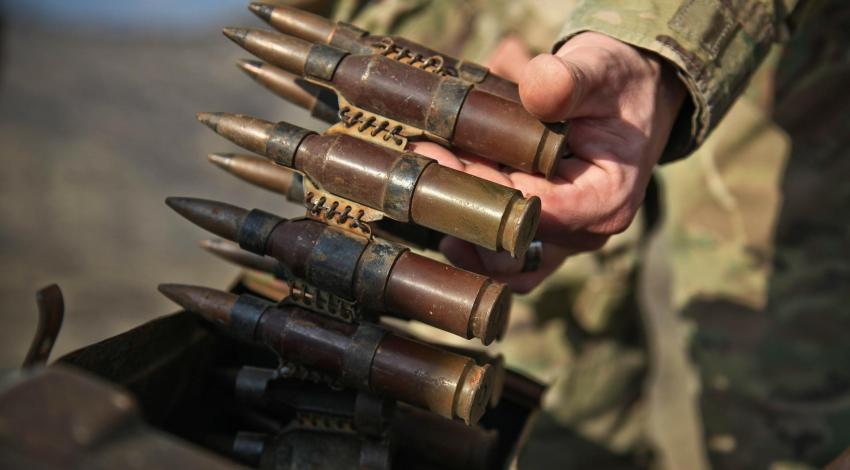October Revolution
a primer

When most people think of Russia, they may conjure up images of vodka, bears, and communism. Of course, there’s more to this fascinating country than those three elements.
There’s a lot to consider when it comes to Russia. The country is a landlocked nation, but much of its territory is above the Arctic Circle. To the north is the frozen tundra, and to the south are the vast steppe plains. The climate can be harsh, but there is beauty everywhere, from Moscow’s Red Square to St. Petersburg’s Winter Palace.
The story of Russia is a complex one. It’s rich with history, intrigue, and mystery, but there are events that rise above the others to cast a shadow over the country’s story. One of those events is the October Revolution of 1917.
The October Revolution was a coup by the Communist Party against the government of Tsar Nicholas II. It resulted in the end of monarchy in Russia, the formation of the Russian Soviet Federative Socialist Republic, and the eventual rise of Joseph Stalin as leader.
The revolution was a pivotal moment in world history, and yet so many people know nothing about it. If you want to understand why Russia is having a hard time becoming a real democratic country, or why the country seems to be such an “untouchable” force in Western politics, you need to learn more about the Russian Revolution and its implications.
The Russian Revolution is a story for the ages literally. It’s a multi-act stage play, with a socialistic revolution, a genocidal civil war, and its effects on both Russia itself and neighboring countries. It’s just one of those stories where you know it can’t end well, but you keep watching to see how it all falls apart.
But what were the causes behind this revolution? What led to its occurrence? And what effects did it have on Russia and her neighbors?
The October Revolution, which caused mass genocide and continues to have immense effects on Russia and its neighboring countries, was a series of events that began with protests in Petrograd (modern-day St. Petersburg) and spread throughout the rest of Russia. It lasted from October until November of 1917, but continued to ripple through the country’s history for years afterward. It led to the establishment of the Soviet Union (USSR) and effectively ended Russian involvement in World War I.
Many historians believe that the revolution was influenced by Karl Marx’s Communist Manifesto, which laid out a plan for liberating workers from capitalist exploitation using a violent revolution as a catalyst for change. Lenin, one of the leaders of the Bolshevik faction that took power during the revolution, had read Marx’s work and believed that it applied directly to conditions in Russia following World War I.
Capitalism was fairly new in Russia at that point Russia had been ruled over by monarchs for centuries prior to the start of World War I in 1914. Tsar Nicholas II was forced to abdicate his throne during political unrest following Russia’s defeat at German